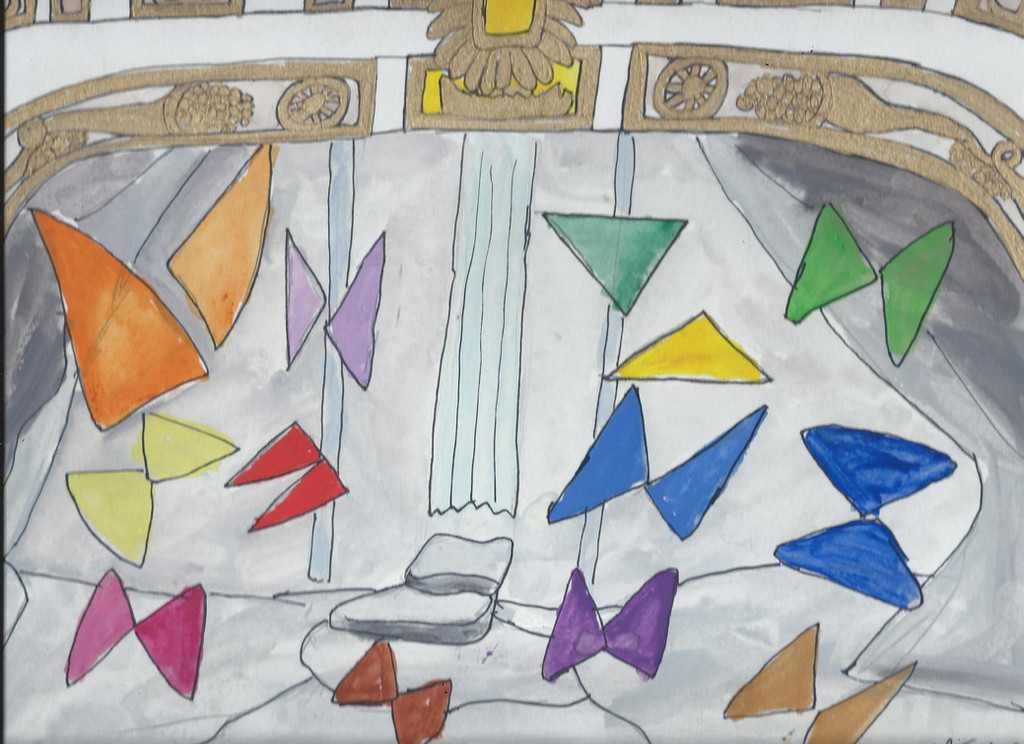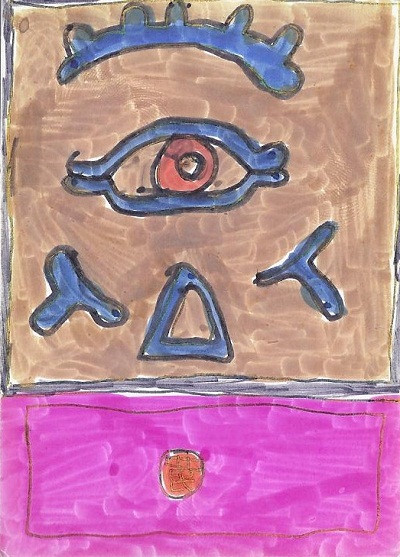HOME | DD
 merrittwilson — An Der Wien Triangles
merrittwilson — An Der Wien Triangles

Published: 2017-10-11 11:35:53 +0000 UTC; Views: 930; Favourites: 12; Downloads: 5
Redirect to original
Description
Triangles are flying over the stage of the Theater an der Wien in Vienna, Austria.
The Fifth symphony, and the four-note opening motif are well known worldwide, with the motif appearing frequently in popular culture, from disco versions to rock and roll covers, to uses in film and television. Ludwig van Beethoven (1770-1827) worked out the musical ideas for the work during its long development process between 1804-1808. He would often put composing the fifth aside to work on other compositions, including his only opera Fidelio, the Appassionata piano sonata, the three Razumovsky string quartets, the Violin Concerto, the Fourth Piano Concerto, the Fourth Symphony, and the Pastoral Symphony. Beethoven was in his mid-thirties at that time and he was going deaf. In those days Austria was involved in the Napoleonic wars which were a series of major conflicts pitting the French Empire and its allies led by Napoleon Bonaparte who was a French military leader and emperor that conquered much of Europe in the early 19th century. Beethoven was going to dedicate his third symphony aka “Eroica” to Napoleon but when he found out that Napoleon was declared emperor he angrily crossed out Napoleon’s name off the title page leaving a hole in it.
The Fifth Symphony was first performed on December 22, 1808 at the Theater an der Wien which is located on the Left Wienzeile in the Mariahif district of Vienna. The theater was built in 1801 by an impresario and opera singer named Emanuel Schikaneder who was best known for collaborating with his friend Wolfgang Amadeus Mozart on the opera The Magic Flute in which he wrote the libretto and played Papageno the bird catcher. There is a statue of him playing Papageno located at one of the entrances to the theater. Beethoven had his works performed at the Theater an Der Wien before, He premiered his second symphony, third symphony and his opera Fidelio there. There is a plaque in dedication to Beethoven on the wall of the theater that reads "Ludwig van Beethoven lived in the Theater an der Wien in 1803 and 1804. Parts of his opera, the Third Symphony, and the Kreutzer Sonata were written here. Fidelio and other works received their first performance in this house." Today the Theater an der Wien thrives as a major venue for opera and is an historic landmark.
The 1808 concert featured an orchestra, chorus, vocal soloists and Beethoven himself as the piano soloist, unfortunately soon afterward Beethoven would never play the piano in public ever again due to his deafness. Contemporary accounts describe Beethoven as the conductor of the orchestra; however, it is possible that Beethoven only had limited direction over the orchestra, and the orchestra had refused to rehearse under his baton. The concert lasted for four hours and the theater was very cold. The music that was played that night was Symphony No.6 “Pastoral”, the concert aria Ah! Perfido, Gloria from the Mass in C Major, Piano Concerto No.4, an intermission, the Fifth symphony, Sanctus from the mass in C major, Extemporized Fantasia for Solo Piano and The Choral Fantasy. The concert would go down in history and it was the most remarkable part of Beethoven’s Career and this was the first time a concert performed music all by one person. Today we take that for granted but in those days this concept was brand new.
The first movement of the Fifth symphony is the most well known in which you hear the notes G, G, G, E, F, F, F, D. He takes these nots and develops them thought the whole movement. Beethoven developed the theme somewhat until the brass come in to introduce the second theme. The first movement creates its tumultuous organic chemistry of interrelationships from the atomic particles of the notes it started with; in different guises, the four-note rhythmic idea permeates the rest of the symphony as well; then comes the elaborate variations of the slow movement, and its teeming effulgence of string writing that is a lyrical, long-breathed structural counterpoint to the first movement's explosive fragments. The scherzo is one of Beethoven's most obvious borrowings from Mozart: he quotes and subtly transforms the opening of the finale of Mozart's 40th Symphony to create his own theme; and out of this world of shadows the horns blare out another version of the 3+1 rhythmic idea, this time reduced to a single pitch. The transition from the scherzo to the finale is one of the dramatic masterstrokes of orchestral music. From an entropic mist of desolate memories of the scherzo's opening theme, underscored by the timpani's ominous heartbeat, the violins' arpeggios climb until they reach a tremolo, a crescendo and a blaze of unadulterated C major glory - and the start of the finale, with its trombones, piccolo, and contrabassoon, all held in reserve by Beethoven until this climactic movement.
Beethoven's contemporary ETA Hoffmann wrote in 1813 that the Fifth incarnated the romantic axiom that orchestral music, untethered to words or other worldly concepts, could glimpse "the realm of the infinite". This symphony, Hoffman wrote, "sets in motion the machinery of awe, of fear, of terror, of pain, and awakens that infinite yearning which is the essence of romanticism".
























